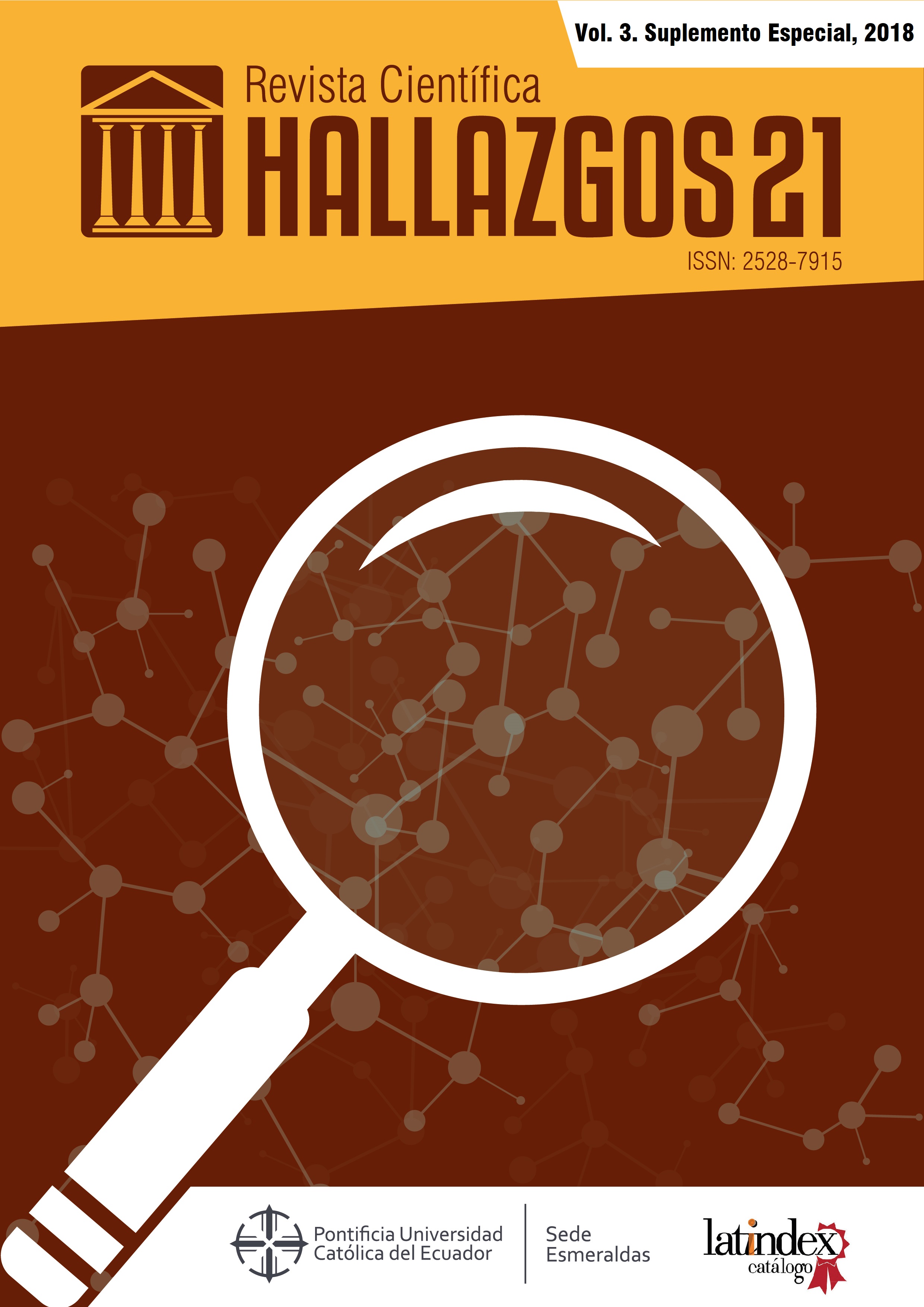Economic Dynamics from the Complexity of the Local Spaces. Is it possible?
DOI:
https://doi.org/10.69890/hallazgos21.v3i0.263Keywords:
territory; complex dynamics; innovation; space production; socioeconomic space.Abstract
This article raises the challenge of understanding the economic dynamics of the canton Salcedo from a comprehensive and systemic perspective. It begins with a theoretical justification in the context of the contributions of Lefebvre (1974) to integrate actors and territories in the production of their spaces, dynamics and inter-relationships. Then, a reading of the socio-economic and cultural information of the canton is done, trying to keep consistency with the theory. It is expected that this methodology can overcome the failures of traditional public policy practices. It is suggested that the State intervention both, at the national and local levels, should be directed to the identification and promotion of those emerging characteristics that allow them to overcome perverse stationary stages and put economy in virtuous circles.
References
Abramovay, R. (2006) Para una teoría de los estudios territoriales, en Desarrollo rural: organizaciones, instituciones y territorios. Recuperado de http://portalsiget.net
Bautista, P. (2011) Proceso de la Investigación Cualitativa. Epistemología, Metodología y Aplicaciones/ Qualitative Research Process . Epistemology, Methodology and Applications, Bogotá: Manual Moderno.
Boisier, S. (2003) El desarrollo en su lugar:(El territorio en la sociedad del conocimiento). Universidad Católica de Chile, Facultad de Historia, Geografía y Ciencia Política, Instituto de Geografía.
Gandlgruber, B.; García Jiménez, H.; Nazif, I. (2014) Economía institucional: propuesta metodológica para el análisis de la formación de precios agrícolas. México: CEPAL-FAO.
Gobierno Autónomo Descentralizado, municipalidad del cantón Salcedo (2011), PDOT Salcedo: Salcedo
INEC (2010) Censo de Población y Vivienda 2010.
Lefebvre, H. (1974) L'Homme et la société. France: Persee
Najmanovich, D. (2005). La complejidad: de los paradigmas a las figuras del pensar. Revista Complexus, 2(2), 67-76.
Navas Albán, O. (1985) El Cantón Salcedo, síntesis de sus valores espirituales y físicos. Quito: Edit. Nacional
Pereira J. (2009) La fiesta popular tradicional del Ecuador Instituto Iberoamericano del Patrimonio Natural y Cultural del Convenio Andrés Bello, IPANC, Ministerio de Cultura del Ecuador.
Rozenblum, C. (2013) Una aproximación a la complejidad del territorio. Aportes metodológicos para el análisis y evaluación de procesos de Desarrollo Territorial. Buenos Aires: INTA.
Sosa Velásquez, M. (2012) ¿Cómo entender el territorio? – Mario Sosa Velásquez; ed. Belinda Ramos Muñoz. – Guatemala: Editorial Cara Parens, (Colección Documentos para el debate y la formación, No. 4).
Vargas, G. (2012) Espacio y territorio en el análisis geográfico, Rev. Reflexiones 91 (1):313-326, ISSN: 1021-1209 / 2012.
Vergara, N. (2009). Complejidad, espacio, tiempo e interpretación:(Notas para una hermenéutica del territorio). Alpha (Osorno), (28), 233-244.
Villavicencio, D. (1999) Sociología del trabajo y sociología económica. En: Los retos teóricos de los estudios del trabajo hacia el siglo XXI. Buenos Aires: CLACSO
Downloads
Published
How to Cite
Issue
Section
License
Los artículos enviados a la Revista Científica Hallazgos21 deberán ser totalmente originales e inéditos.
Los autores son los responsables de los textos y las imágenes incluidas en los artículos y no necesariamente reflejan el pensamiento de la editorial o de la Pontificia Universidad Católica del Ecuador, Sede Esmeraldas (PUCESE).
Los autores disponen cederle a la Revista Científica Hallazgos21 todos los derechos inherentes para la edición, publicación y distribución o divulgación del mismo.
Se autoriza a las revistas firmantes de los acuerdos de Encuentros de Revistas Latinoamericanas para reproducir en parte o totalmente los artículos con la sola mención de la fuente claramente señalada.







